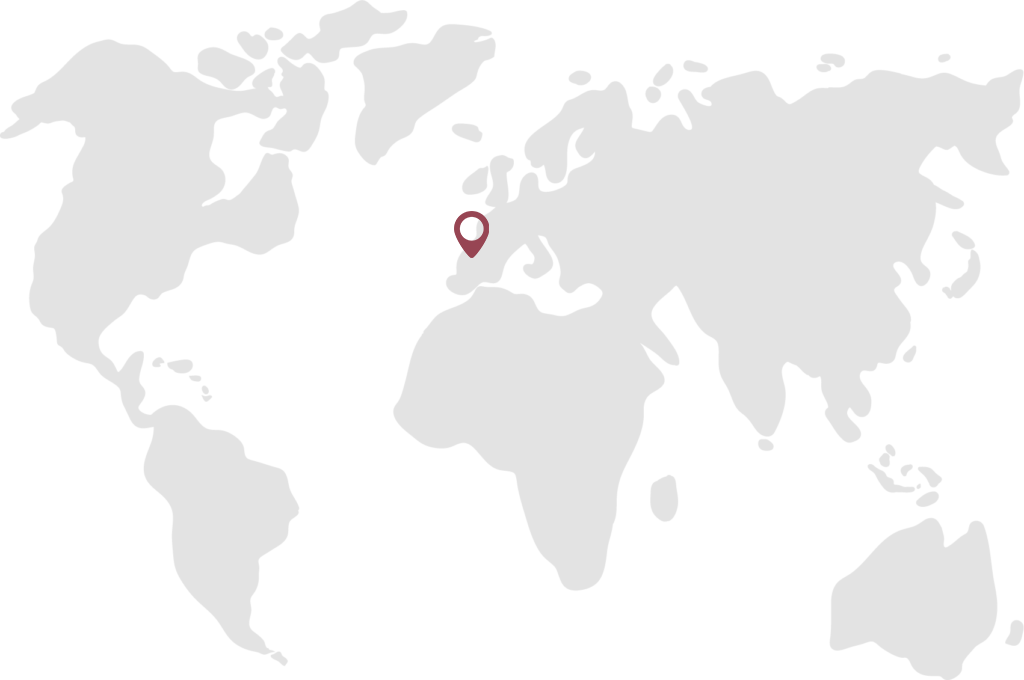
My latest Forbes pieces are here and include articles that discuss the marriage of Azorean tourism with forestation, Germanic influence on Italy’s Friuli wines and a Bordeaux restaurant that oozes with flavors.
I’m posting this from the sunny wine country of the Western Cape of South Africa, where temperatures are in the 90’s F (30’s C).

But the story of these wines, and this gorgeous region, will be covered in a forthcoming post after this trip is completed.
This post is the third and final wrap up regarding a wine detox. I’ll share how to lose weight and increase exercise capabilities.

What’s with the current infatuation with ‘detox’ anyway?
A year or two ago I heard talk about people taking a ‘dry January’ in the U.K.. Now, between four and five million Brits now give up alcohol for the first month of the year. That’s more than the population of Ireland (but don’t expect that entire isle to go on the wagon for even a few hours, much less weeks…I lived there, schooled there, have Irish ancestry, and so have ample license to speak from experience, thank you).
A whole month without booze? I thought it ridiculous. Yet, I did something similar. This was not, however, an emulation of any dry January. This personal decision was based on timing.
Why?
On Christmas day, after bolting down early afternoon flutes of bubbly and then tucking into helpings of Turkey while swilling more wine, I found myself—too soon—knackered. As in, worn out. Tired. Didn’t want to move.
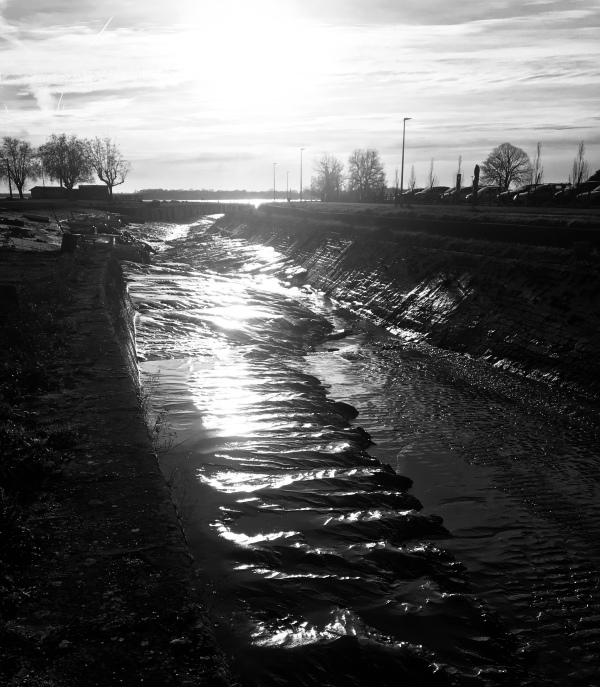
What gave?
I weighed myself. I was six pounds heavier than ever before in life.
That was a wake up call.
A trigger.
So I decided to dedicate January toward changing that situation. It worked out better than expected.
Last Friday marked four weeks without drinking a drop of alcohol. During that time I also modified my eating habits by omitting bread, pasta, cheese and raw refined sugar. I also focused on exercise. The result: in the space of 31 days I increased my running distance from 1.5 miles (2.4 kilometers) to 10 miles (16 kilometers) and my weight dropped a total of 15 pounds (6.5 kilograms).
That weight is the equivalent of five bottles of wine. The picture below shows the equivalent weight lost in 31 days (glass and liquid combined). Now you understand the smile.
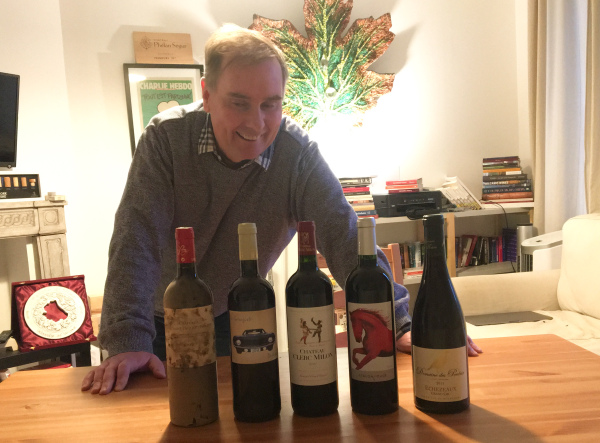
Imagine putting those bottles into a backpack, strapping it on and lugging it around for a day. No wonder I was tired.
That weight is gone.
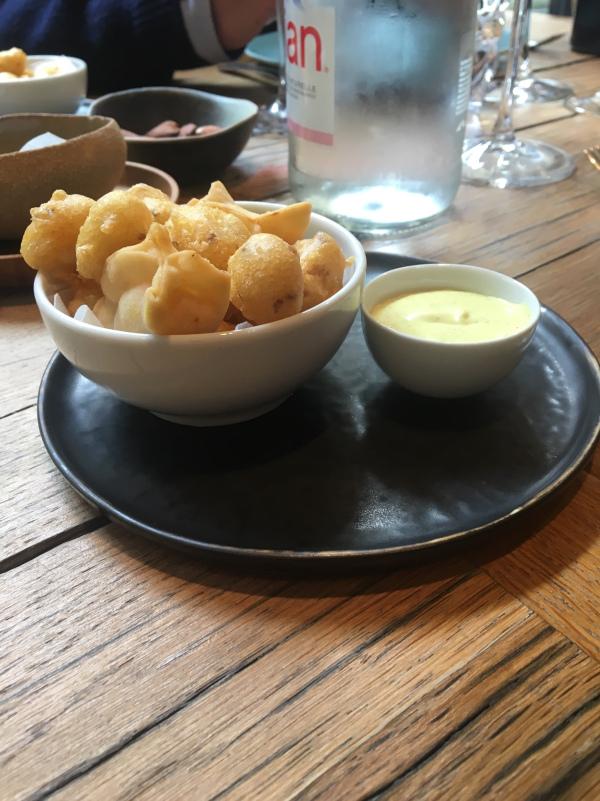
For those who are interested, I explain how below. I developed a method, a formula. However, I am not a trained specialist in exercise or nutrition. So, seek advice from a qualified trainer and a licensed physician regarding your own personal exercise program.
The secret of making this work is focused distraction.
Here is the explanation.
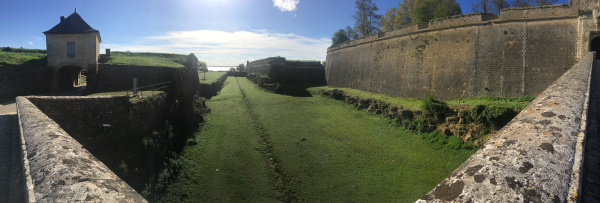
Background.
When in my twenties, I walked into a store called Neptune Mountaineering on the corner of Table Mesa drive and Broadway streets in the city of Boulder, Colorado. There was a typed notice on a bulletin board. It told of how the ‘Boulder Mountain Marathon’ (unofficial, not sanctioned, and not legally permitted) would soon take place. The distance was somewhat greater than the standard marathon distance of 26 miles (it was about 28 miles) and the course wound through the hills of the ‘Front Range’—the hilly topography that forms the base of the mightier Rocky Mountains. The total vertical elevation gain for the course (the equivalent distance that participants climb uphill) was over one mile (1.6 kilometers). This meant that the course was not only 28 miles long, but we runners had to ascend the equivalent of climbing the stairs of the Empire State Building four times.
Without hesitation I decided to run this marathon. I checked a calendar. The event was exactly 26 days away. That meant I had 26 days to train to run 26 miles.
How ludicrous.
Ludicrous enough to be wildly attractive.
That summer I had worked as a mountaineering instructor in the Wind River mountains of Wyoming, hiking long distances for weeks at a time with a heavy backpack at high elevations. I was in generally excellent cardiovascular condition, although I had not run in months, or maybe years. My running muscles, in other words, were not disciplined.
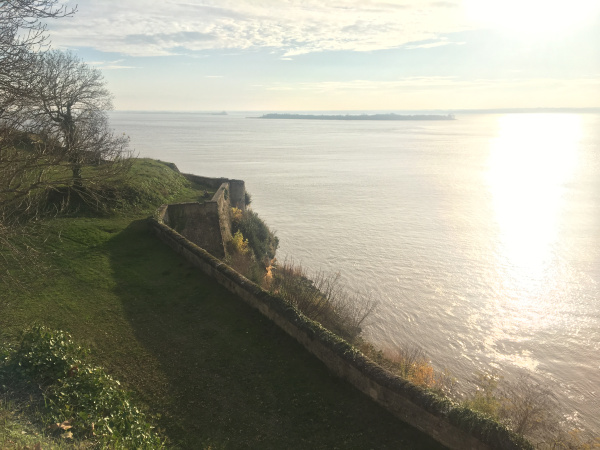
Still, the challenge was so wild that it gave me a sense of peace. In order to succeed, I had to block out all other thoughts and train with complete focus. Which I began to do. However, you cannot run all day, or every day. During times not running, friends and I also climbed the Grand Teton peak in Wyoming, and traveled back to Boulder to go rock climbing.
After almost three weeks I completed my last training run of 18 miles along mountain trails at a relatively high altitude in the Pecos wilderness of New Mexico. Then I rested for almost a week. During these times I lived out of my pickup truck. I camped out, washed in rivers and cooked potatoes and salsa over a stove under starlight or in the blazing sunshine.
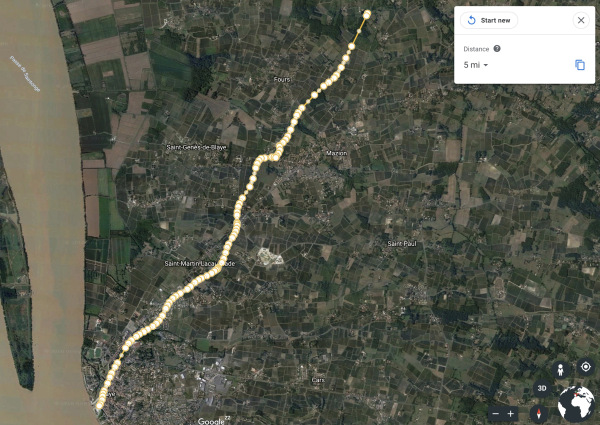
After this brief, intense training, I drove my pickup truck near Boulder and camped out at a patch of woodland on a steep road off Boulder Canyon. I showed up to the marathon venue in the morning, across the road from the hospital in North Boulder.
One of the race organizers was Neal Beidleman (who later became known in relation to the Mount Everest debacle described in the bestselling book Into Thin Air by John Krakauer). He opened a bag of flour and poured a thin line of this powder across the street. This, he told us, was the starting line. He then mentioned how they had no permit for the event, so if anyone asked us while running, we were supposed to say that we were all friends out for a ‘fun run’ together. Which we did! It was hilarious. The route ascended first by road, and then along trails along the side of Green Mountain. It descended to Eldorado Canyon, and then back along the Mesa Trail and through Chautauqua Park before descending back to north boulder.
It was grueling.
But I completed the Boulder Mountain Marathon. It took over four hours, but considering the elevation gain and total extended distance, I was content.
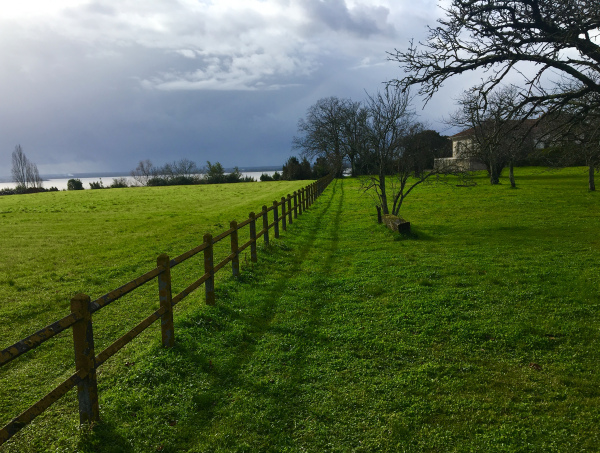
The success hinged on making a decision and then focusing on that decision and goal completely.
This January, with no race or running mates and being a few years older—I managed to focus enough to run 10 miles after 31 days of training (the method described below, however, is for a 28 day period, and is not so challenging).
The lessons of focus, learned from that Boulder marathon, applied again. This time I also wanted to lose weight. As mentioned in the previous blog post, committing thoroughly to a workout can completely eclipse the discomfort of changing drinking and diet habits. Once the mind is galvanized on a challenging physical goal, forgetting about booze and baguettes and brebis cheese becomes relatively simple.
Below is the formula.
[wpvideo M5YSsIGo]
Six mile run: perhaps the sports store sells night vision goggles?
[wpvideo 58EcEC7t]
At the end of a 10 – before dawn, and expectations of a vinous reward
The Algorithmic Regime.
The French word for diet is ‘regime,’ which implies—in English—disciplined focus. Sounds better than ‘diet,’ right? A diet is about cutting calories, whereas ‘regime’ implies control and a system for getting things accomplished.
The following is a definition for ‘algorithm,’ taken from Yuval Noah Harari in his bestselling book Homo Deus:
‘An algorithm is a methodical set of steps that can be used to make calculations, resolve problems and reach decisions.’
In this case, an algorithm is used to solve a problem: how to reduce weight and increase running distance by at least a factor of four.
I invented the following steps, as well as the term ‘algorithmic regime’ that describes them.
Applied over the space of four weeks—they can help increase your exercise capabilities and weight loss. This method is for 28 days. By going 32 days, you may also be able to achieve significantly more. Again, consult your physician; I am not a trained specialist.
Here is the method:
For four weeks, follow this guidance:
ONE.
No alcohol.
No bread.
No pasta.
No cheese.
No raw, refined sugar or candy bars or sugary soda drinks.
If this is too general and you need structure, follow the General Motors Diet.
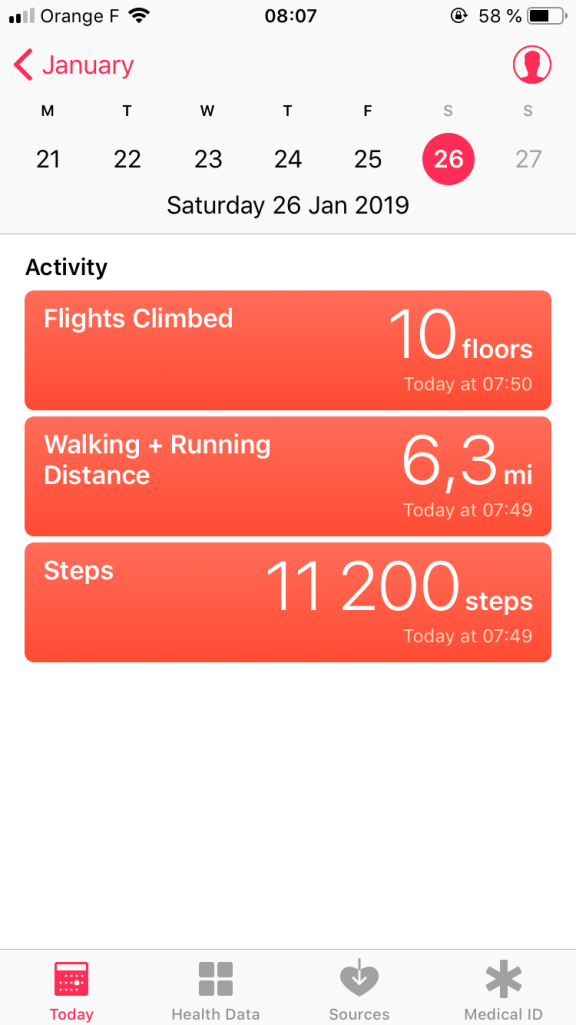
TWO.
Exercise. I chose running, and formulated the schedule below for 28 days. This is my own invention, and is based on the premise that long runs require plenty of rest between them. Again, if you want to run longer, than add five additional rest days, followed by the longer run.
Rather than start off slow and gradually increase exercise, I started with a full-blown schedule of small amounts of daily exercise, then slowed it down. The distances increased, but so also did the amount of non-exercise days. This is because longer runs require more intermittent rest time.
The basic algebra involved in this ‘regime’ is simple. Basically, for the second set (‘Y’), you run the same distance that you ran for the first set (‘X’), plus an additional one third of that same distance. Algebraically, this means:
Y = 4.3X (or, Y=X+1/3X)
Now, look at the schedule below. Do you see a pattern?
You run five days in a row, then you take one day off. Then you run for four days in a row, and take two days off. Then you run for three days in a row, and take three days off. Then you run for two days (although now, you take a one day break between these days) and then take four days off. The formulas and example distances are in the table below.
The Algorithmic Regime
NOTE: Y = 4/3X (or Y=X+1/3X)
| Day | Formula | Set | Example Target Miles According to Formula | Example Target Kilometers According to Formula | Percent Increase of Distance Over Previous Set |
| 1 | X | 1 | 1.5 | 2.4 | |
| 2 | X | 1.5 | 2.4 | ||
| 3 | X | 1.5 | 2.4 | ||
| 4 | X | 1.5 | 2.4 | ||
| 5 | X | 1.5 | 2.4 | ||
| 6 | Rest | ||||
| 7 | Y | 2 | 2.0 | 3.2 | 33.3 |
| 8 | Y | 2.0 | 3.2 | ||
| 9 | Y | 2.0 | 3.2 | ||
| 10 | Y | 2.0 | 3.2 | ||
| 11 | Rest | ||||
| 12 | Rest | ||||
| 13 | X+Y | 3 | 3.5 | 5.6 | 75.0 |
| 14 | X+Y | 3.5 | 5.6 | ||
| 15 | X+Y | 3.5 | 5.6 | ||
| 16 | Rest | ||||
| 17 | Rest | ||||
| 18 | Rest | ||||
| 19 | 3X | 4 | 4.5 | 7.2 | 28.6 |
| 20 | Rest | ||||
| 21 | 3X | 4.5 | 7.2 | ||
| 22 | Rest | ||||
| 23 | Rest | ||||
| 24 | Rest | ||||
| 25 | Rest | ||||
| 26 | 3Y or 4X | 5 | 6.0 | 9.7 | 33.3 |
THREE:
It helps to personalize this challenge by doing it in some offbeat way. For the Colorado marathon, I trained along the Rocky Mountains, from Jackson in Wyoming south to the Pecos Wilderness of New Mexico, while camping out and climbing peaks and rock walls with friends.
For this recent month, the attraction was waking before dawn and running in the dark (usually in the cold). Do NOT do this unless you wear a headlamp and reflective gear, and preferably stay off all roads. I began and ended most runs before sunrise. This was truly invigorating. The point is, this is not a spin class or a group sport, but a personal mission to lose weight and improve diet. Make it personal. Get creative.
A FEW NOTES:
There are 26 days listed above, and this program is for 28 days. This means you can add another two rest days at your discretion.
I increased my own running distance (over a longer time period) by a factor of more than six, running a total of ‘5Y,’ or 10 miles. I reduced the rest days by one before the six miler, then took five days of rest before the final run (mostly rest, although adding a few small runs is beneficial). However, this may be excessive and I do not encourage you to try it. But if you do, then make the final, longer run at a slow, steady pace.
This system is likely only appropriate if your first run (‘X’) is less than 2 miles (3.2 kilometers).
For rest days, you should still walk and get some basic exercise. During the final two sets, when you have three and four consecutive rest days, you may want to go for a short run on one of those days, or a long walk or bicycle ride.
Before any of the runs in session 3, 4 or 5, you may want to eat some fruit and even candy before you begin the exercise. This will provide energy to help propel you along the distance.
Invest in a book on stretching and stretch the night before you run, as well as on the day of the run.
For the final run, you may want to break with the food restrictions and eat a sizable pasta meal the night before to gain calories you can burn along the trail (although I did not and felt very energetic throughout most of the long run).
Check the weather forecast the night before your runs, and dress appropriately.
[wpvideo LmMLCzjR]
[Dawn Darkness]
Days 14 and 15 are critical, because you hit and pass the half way mark. The running distance becomes more challenging than earlier, but the free days between running sets has also increased. By this time you should have lost about half the quantity of pounds or kilograms that you intend to lose over the four weeks.
Begin each run slowly. Slow and steady wins here.
The first run of set four will be a challenge. Begin slowly and keep a low, steady pace.
Running in the dark with a headlamp is dangerous, so I do not recommend doing so!
This will be challenging, but hopefully enjoyable. If you feel any pain or discomfort or hesitation, then back off.
Thanks again for tuning in!



